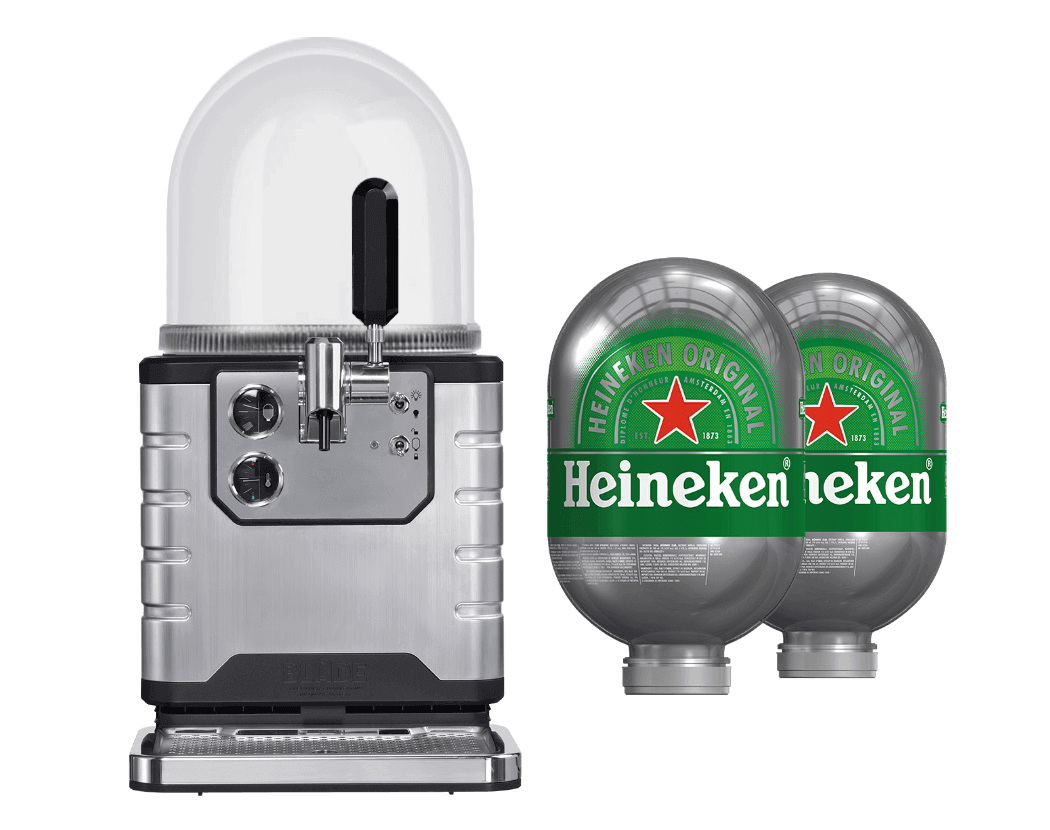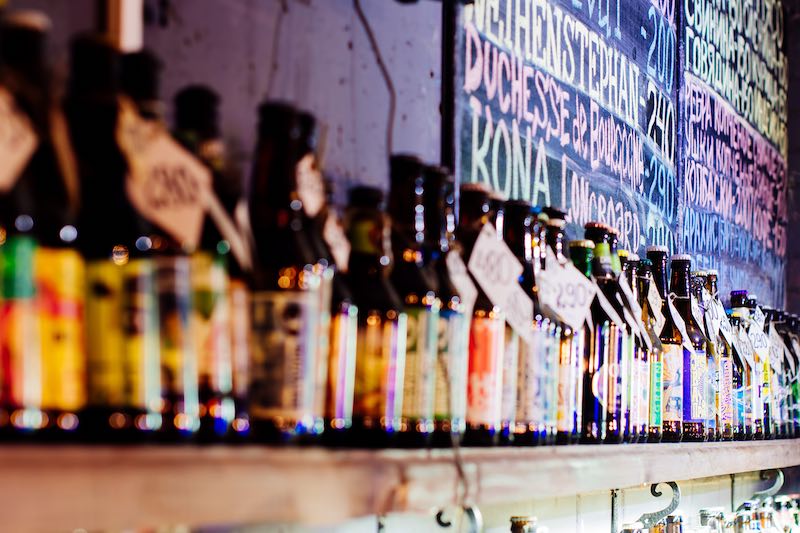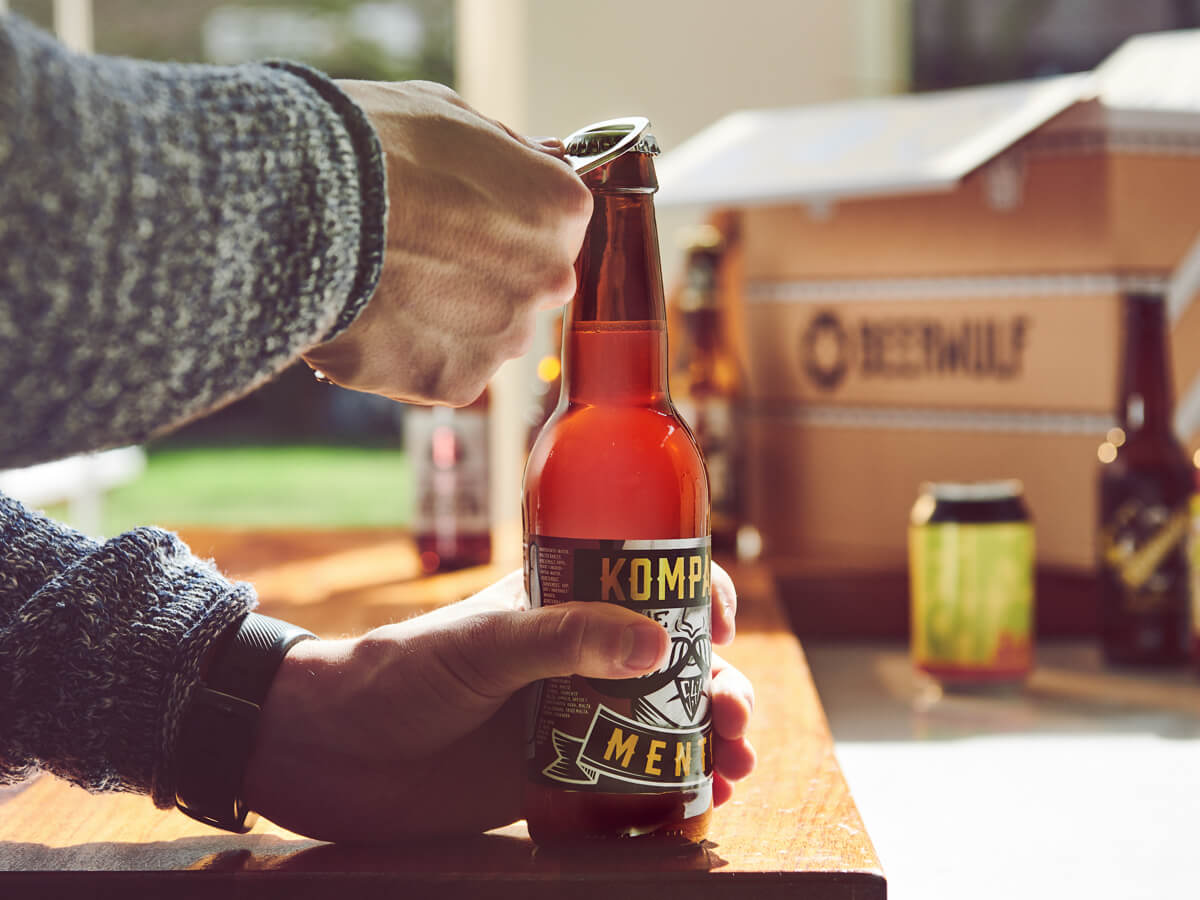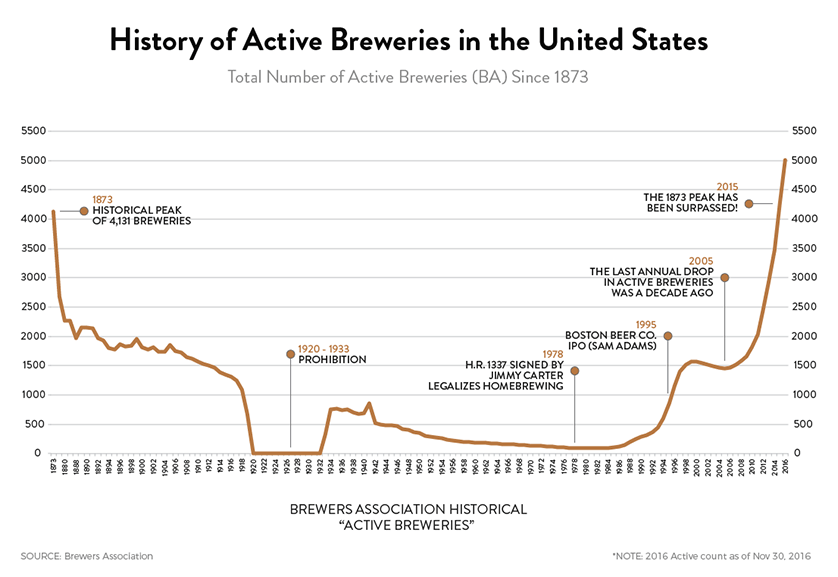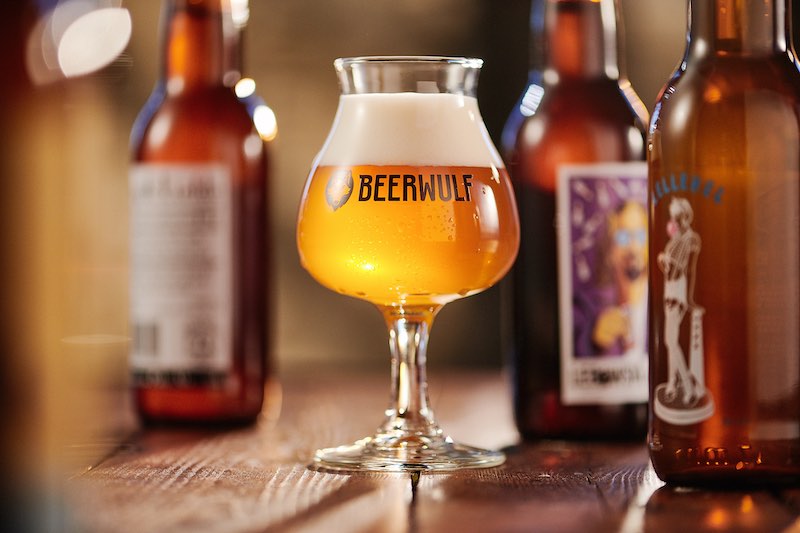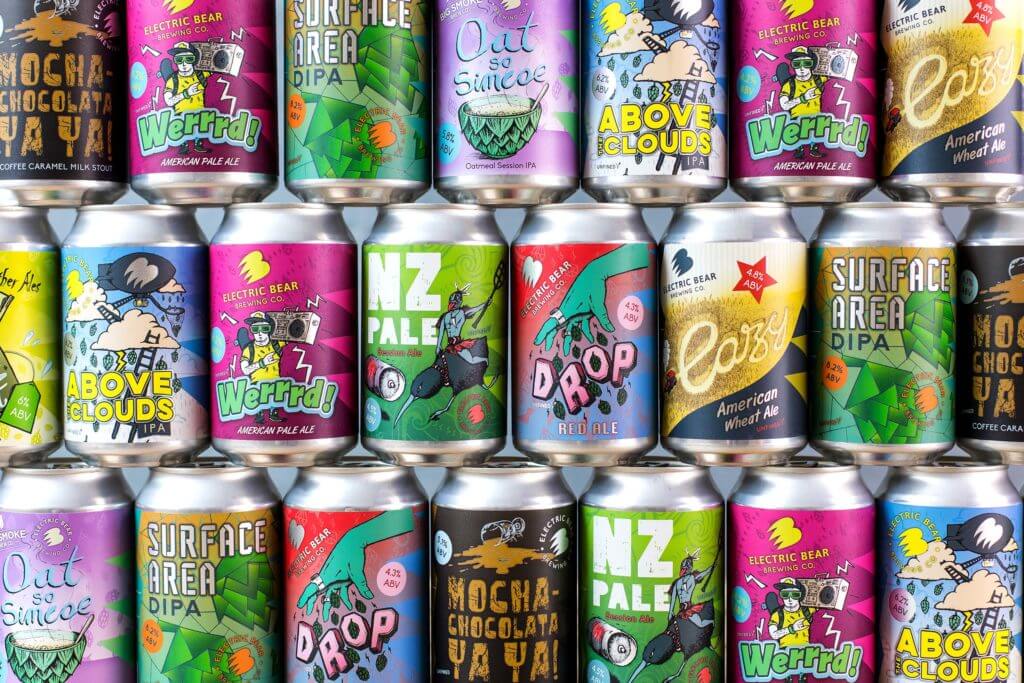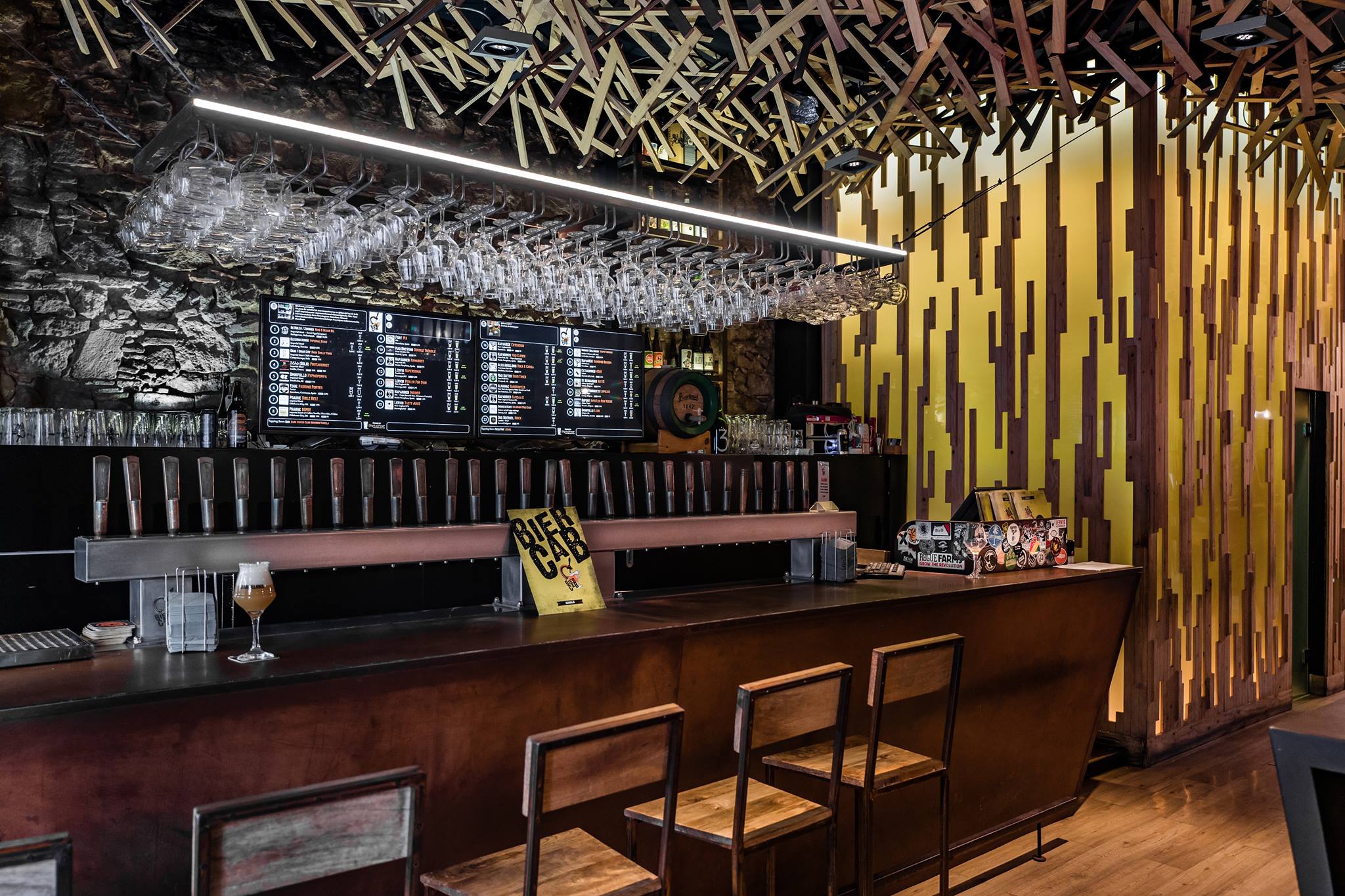What is craft beer?
It’s actually quite hard to define craft beer. The Cambridge Dictionary definition of craft beer is “beer made using traditional methods in small, independent breweries”, but most breweries that we would now consider to be well-established even started out that way. There are no strict criteria for what makes a craft beer crafty but, there are some loose guidelines.
There is, however, a clear craft beer definition in the USA. The US Brewers Association defines a craft beer brewery as:
- small: a maximum of 6 million barrels (about 7 million hectolitres) output per year
- independent: A maximum of 25 percent of the brewery may belong to a large beverage company
- traditional: The brewer must commit himself to traditional, artisanal methods, the taste must not be created by artificial flavouring but must come from "pure" brewing ingredients









